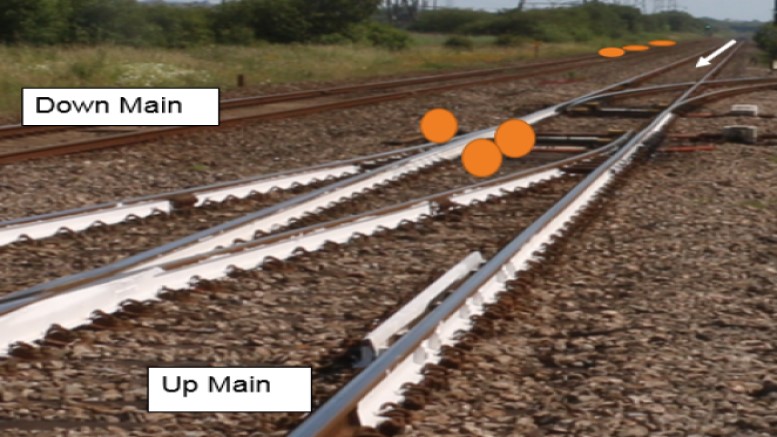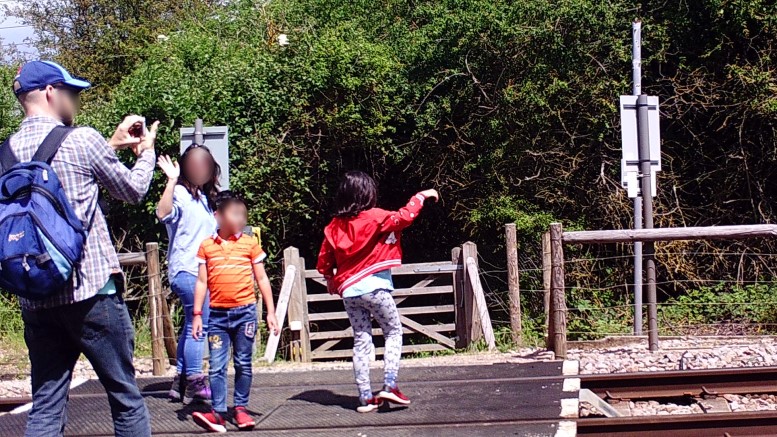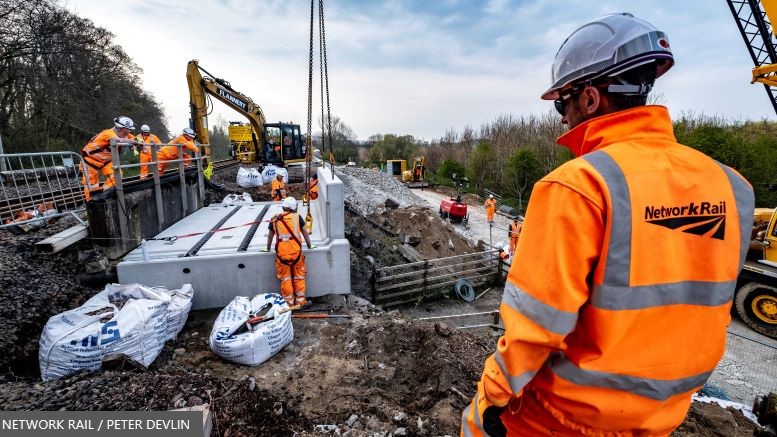
Network Rail has released its interim report into the accident at Margam on 3 July 2019 that resulted in the death of two track workers.
The full report, which will be released in a couple of months, will explore the underlying causes and make relevant recommendations, but this interim report explains what happened and why and how the accident occurred.
On Wednesday 3 July 2019, thirteen permanent way staff left Port Talbot depot to work at Margam, 20 minutes away. They arrived just after 08:00, whereupon the team split into two, with one team of seven working at Margam Moor and the other group of six deploying to Margam East junction.
One of the six team members was asked to be the Person in Charge (PIC). He appointed another team member as the COSS (Controller of Site Safety).
Although the work had been planned to take place at the Margam East Junction site during the afternoon in a line blockage, the safe work pack contained a second option – to work with unassisted lookouts.
The COSS was told to use the second system in the safe work pack and appointed distant and site lookouts.
The team then decided to do extra work that wasn’t in the plan, some of which involved noisy plant to maintain bolts in a crossing. A group of three, including the COSS, site lookout and another, moved about 150 yards away, leaving their colleagues to wait for their return.
However, the three left at the points started to work on the crossing bolts. There was no appointed COSS with them, no safe system of work and no distant lookout in place.
The Person in Charge said he would look out then became involved in the work, focussing on the bolts. None of them saw the train coming.
The team working on the points was using a petrol-engine impact driver to tighten bolts in a crossing. They were all wearing ear defenders due to the high noise levels. When a bolt seized, they became focussed on the task with no-one looking out.
Unnoticed, a GWR train approached the site at approximately 70mph. Two men, Gareth Delbridge, 64, and Michael (Spike) Lewis, 58, were struck and fatally injured while the third escaped impact with just inches to spare.

The train driver initially gave warning to the track workers using the high and low tone of the train horn but thereafter used the low tone for two long, continuous blasts as the train approached the work group. The investigation team note the requirement in the Rule Book for the high tone to be used to give an urgent warning to anyone on or dangerously near to the line. The Rule Book specifies: “Give a series of short, urgent danger warnings to anyone…who does not…appear to move clear out of the way of the train.”
It is uncertain whether a series of short high tone warnings, rather than continuous sounding of the low tone, could have resulted in the track workers becoming aware of the train earlier.
The interim report notes several other anomalies:
- The Safe Work Pack did not specify all of the work and how it was to be safely undertaken;
- The COSS was only appointed that morning;
- The COSS had his authority undermined – the PIC didn’t believe a distant lookout was needed;
- The work was started in the morning, not the afternoon as planned;
- There was no safe system of work in place;
- The COSS was not with the group involved when the accident occurred;
- The group all became focussed on the task and were unaware of an approaching train;
- The wide experience of the closely-knit group and familiarity with each other potentially affected their perception of risk.
This interim report doesn’t answer all of the questions that the accident raises. The full report, when it is published, should address these.
The Rail Accident Investigation Branch (RAIB) is also conducting an investigation into the accident, as is the Office of Rail and Road (ORR).

Martin Frobisher, Network Rail’s safety director, said: “The whole railway family shares the loss of Gareth and Spike. Nothing will lessen the pain but understanding what went wrong and learning from that will, I hope, go some way to reassure all those affected that we will do all we can to stop it ever happening again.
“Today is the first step in that journey as we share an initial investigation into what happened. We will continue for several months to look deeper into the root causes before we make recommendations for our organisation and all of our people for the future.”





1 Trackback / Pingback